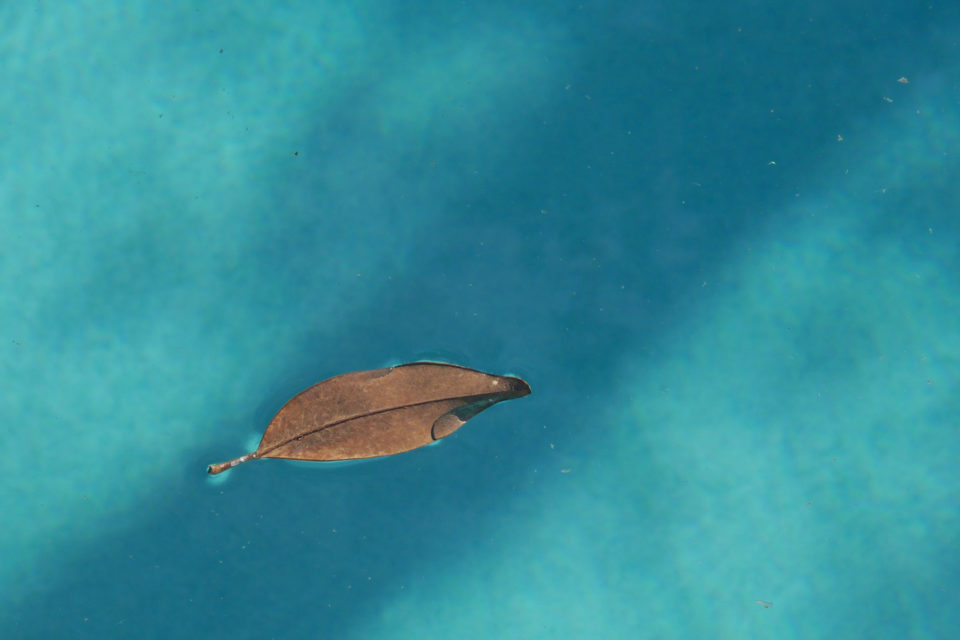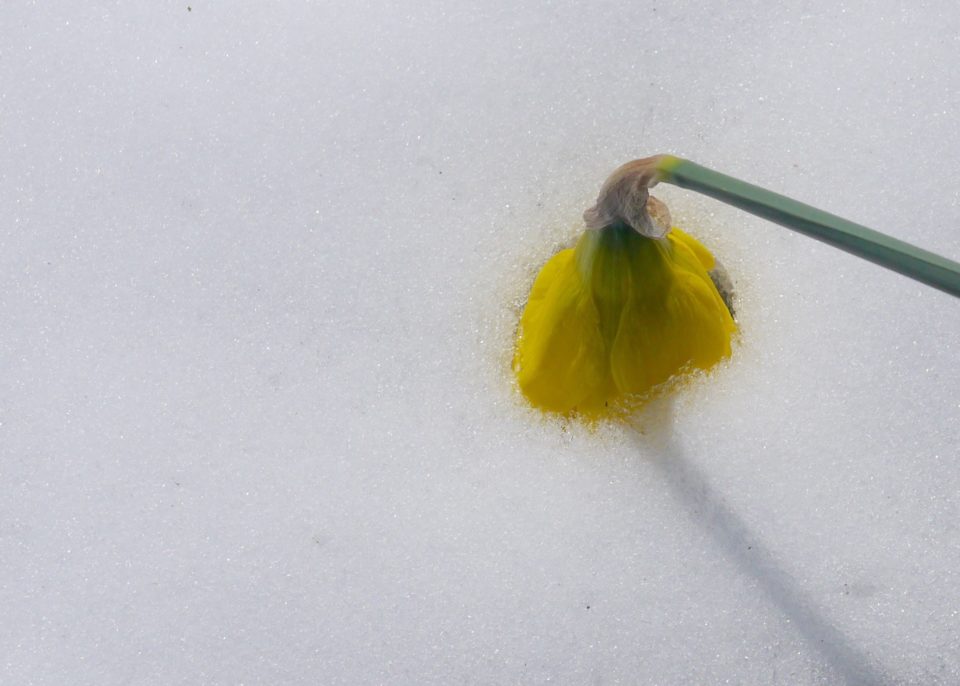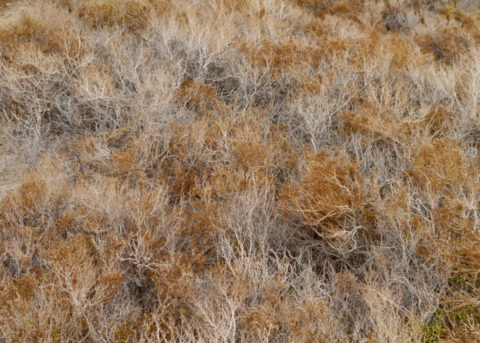
Poet and teacher Naomi Shihab Nye says that we are living in a poem, whether we know it or not. Her students ask her,
“What do you mean, we’re living in a poem?” Or, “When? All the time, or just when someone talks about poetry?” And I’d say, “No, when you think, when you’re in a very quiet place, when you’re remembering, when you’re savouring an image, when you’re allowing your mind calmly to leap from one thought to another, that’s a poem. That’s what a poem does.” ~ On Being, a Krista Tippett conversation with Naomi Shihab Nye
The practice of contemplative photography is similar to writing music or poetry. Each is an expression of the heart of the moment, of life as it is. I don’t consider myself a poet, but I want to live a poetic life. I want to experience living in a poem. And, I want to create visual poems through my photographs.
A contemplative photograph is a visual poem.
Haiku poems work very well with contemplative photographs. These are short 3-line poems that describe your visual perception, without interpretation. By writing these consistently, you start thinking in haiku, even when you’re not taking a photograph. You start living in a poem.
“Haiku creates a little sensation of space in the reader’s mind, which is nothing less than a moment’s experience of God, and when you feel it, there is usually an ‘Aah’ wanting to issue from your lips.” ~ Natalie Goldberg

April snowfall comes / without warning, daffodil / bows down to meet it.
Visual Stories versus Visual Poems
Much is written today about how photographs should tell a story and I agree that this is an especially important role for photography. I even co-facilitate a workshop in writing about the stories your photographs have to tell. However, when I heard photographer David duChemin speak, I was intrigued by how he distinguished between visual stories and visual poems.
Visual stories evoke hope, meaning, empathy, and curiosity. They have some or all of the elements of story – theme, setting, character, action, conflict, change, empathy, mystery. Conflict (or tension) is at the heart of the story, visualized through contrast – of ideas (light and dark, men and women, work and play, etc.). It’s expressed through relationships and other differences – tonal, colour, texture, lines, light, etc.
Yet, not every photograph has to tell a story. Instead, visual poems evoke a mood or emotion. They are expressed visually in many ways – through light, colour, gesture, facial expression, mystery, etc. I find that abstract photography is a form of visual poetry that bypasses story and goes straight to the heart.
The majority of my photographs are visual poems. I receive my photographs when I’m touched by something in the moment. I reflect on what I’m feeling and then decide how to pare down to the essence.
“Pare down to the essence, but don’t leave out the poetry.” ~ Leonard Koren
 Criteria for a Visual Poem
Criteria for a Visual Poem
– there is a sensation of space
– feels timeless
– evokes a mood or emotion
– makes you go ahhhh
– not driven by narrative or meaning
– allows you to see in a fresh way
While in Death Valley National Park recently, I felt like I was living in a poem. There was so much space and little human activity. It felt timeless and my heart rate slowed right down. Walking through Salt Creek made me go ahhhh.
There was so much richness there waiting to be seen and experienced – layers and layers of colour.
Read: A Poetic Life by Patrick Shen
Fab article Kim. I see a relationship between abstract photography and poetry. Both invoke emotion from the rhythms and relationships within their art form. Love the haiku idea to. Something I have also dabbled with.
Wonderful article, Kim and that first photo takes my breath away! I want to melt into it! I like the idea of a visual poem and haiku is so appropriate for some images. I love your haiku with the daffodil bowing down towards the snow! I really feel the criteria for a visual poem, especially “there is a sensation of space” and “allows you to see in a fresh way.”
Kim, you are so gifted with your fluid ways of seeing. Speaking from my poet self, your are indeed a poet. The ahhh moment, the paring down, the reflecting back of that to the view in your photographs. Thanks for sharing your gifts!!